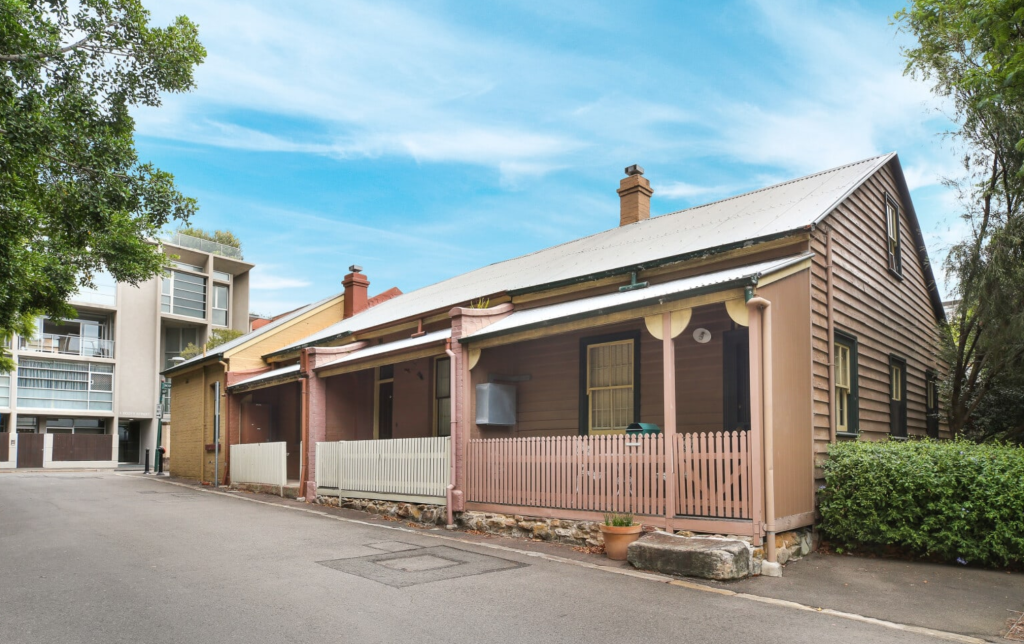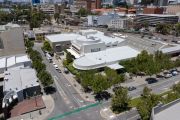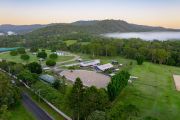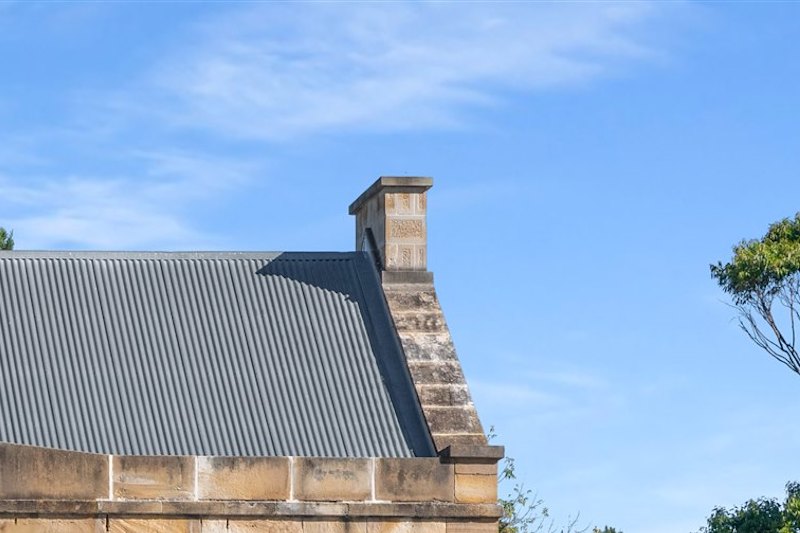
NSW government offloads 'Old Pyrmont cottages' for $2.9m in online auction
A last-minute shift to an online auction was no barrier for bidders keen to get their hands on a collection of historic buildings owned by the NSW government.
The eventual buyer paid $2.9 million for a collection of buildings known as the Old Pyrmont Cottages.
The property at 1-5 Cross Street and 6-8 Scott Street, offered as one listing and consisting of a single-storey commercial building with an attached two-storey, one-bedroom cottage, was initially scheduled to be auctioned at the Cooley Auctions auction rooms, but the campaign was switched to an online auction in response to the COVID-19 pandemic.
Some 17 registered bidders tussled it out online over the course of 25 bids to push the property to $2.9 million – a price “in excess of 30 per cent above recent comparable sales evidence, pre-COVID-19,” according to listing agent James Cowan, of Colliers International.
Mr Cowan declined to name the reserve price given by Place Management NSW for the heritage-listed buildings, which are located in the heart of the former “Pyrmont Squat” precinct.
The sale was all the more bullish given that the property is leased for 12 months from settlement on a concessional $13,918.56 passing gross rent to charity Culture at Work.
Mr Cowan said market rent was projected to be between $90,000 to $110,000 a year gross, translating to $50,000 to $70,000 net.
He said the online auction result, which was bolstered by a professionally shot video tour in lieu of physical inspections, boded well for upcoming campaigns during the pandemic.
“The online auction platform worked exceptionally well and has proven to be an effective method of selling property in this environment. The virtual video for inspections and online process did not jeopardise the campaign in any respect and our marketing strategies ensured 17 buyers competed for the property on the day,” Mr Cowan said.
“Throughout the campaign, the wider resources of Colliers International were mobilised and the eventual purchaser was introduced by Steam Leung of the Colliers Asian markets team.”
It is understood that the buyer beat a developer to take the keys to the property, which sits on a 445-square-metre parcel.
The buyer’s plans for the site aren’t yet finalised, but they are currently considering using it as part of a horticultural pursuit, according to Mr Cowan.
“We are of the understanding that the purchaser has intentions utilise part or potentially the whole of the property as an indoor/outdoor vegetable garden,” Mr Cowan said.
The cottages, built in the late 1800s, were once a part of the Pyrmont Squats.
The NSW heritage listing notes their history as part of “the squatting movement of 1970s-1990s and having numerous associations with creative endeavours”.
“From the late 1970s to the early 1990s as part of the ‘Pyrmont Squat’, one of the longest lived and most well documented Sydney squats, the Old Pyrmont Cottages were a focus of the Sydney squatter movement and as such, contribute to the history of the urban conservation movement in Australia,” the listing reads.
Discount requests going unmet
Despite the widespread gloomy predictions for the residential and commercial property market, Mr Cowan said buyers were still activity in pockets of Sydney’s inner west.
Earlier this month he sold a development site at 11-13 Gertrude Street, Wolli Creek, near Sydney Airport, for $5.6 million.
The 1106-square-metre site, zoned R4 High Density, with an allowed floor-space ratio of 2.2:1 and building height of 29.5 metres, was sold via an off-market expression-of-interest campaign.
The deal was negotiated on a three-month unconditional contract with a 10 per cent deposit, with the buyer beating eight other parties to secure the property.
“The residential site market has remained buoyant to date as it appears there is underlying confidence in market fundamentals such as population growth, reduced levels of supply and a historically low interest rate environment,” Mr Cowan said.
“While these sites are becoming harder to sell, with careful strategy and aggressive marketing we are still achieving strong results. There still appears to be a window of opportunity where vendors can still capture strong prices, however, it will be an interesting few months to come.”
Mr Cowan’s colleague, Joseph Lin, head of Asian markets, said requests for discounts from buyers had been increasing but were yet to be reflected in final sales prices.
“What we can see is that plenty of buyers are asking for discounts, but from our observation it’s not yet translating to pricing,” Mr Lin said.
“Interestingly, the most competitive buyers in my market are those with offshore capital as they have a 15 per cent buffer to the local market due to the low Australian dollar and subsequent exchange rate. These buyers will continue to be active in the months to come.”










